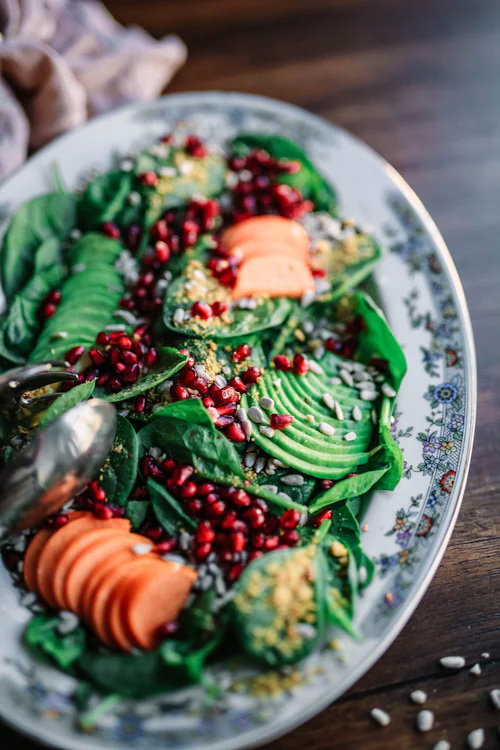The skeletal bones make up more than 200 short, long, irregular, and flat structures. Inside the bones is calcium, phosphorus, magnesium, and RBCs, or marrow, which produces and generate red blood cells. The bones work along side the muscles. The muscles and bones afford support, defense for the internal organs, and locomotion.
The skeletal muscles are our source of mobility, which supports the posture. The muscles work alongside the posture by shortens and tighten it. The bones attach to the muscles via tendons. The muscle then starts to contract with stimulus of muscle fibers via a motor nerve cell, or neuron. The neurons consist of axon, cell bodies, and dendrites, which transport to the nerve impulses and are the essential makeup of our functional components within the larger system of nerves. (Central Nervous System-CNS) CNS is a network or system of nerve cells, fibers, etc, that conveys and transmits sensations to the brain, which carries on to the “motor impulses” and onto the organs and muscles.
Skeletal muscles supply movement for the body and the posture; as well, the skeletal muscles also submit energies to create contractions that form from ATP or adenosine Triphosphate and hydrolysis, ADP or adenosine Diphosphate and finally phosphate.
The skeletal muscles also preserve muscle tone. What happen are the skeletal acts as a retainer by holding back a degree of contractions and breaking down acetylcholine by cholinesterase to relax the muscles? Muscles are made up of ligaments.
Ligaments are robust bands combined with collagen threads or fiber that connect to the bones. The bands, fiber, and bones join to encircle the joints, which gives one a source of strength. Body weight requires cartilages, joints, ligaments, bones, muscles, etc to hold its weight. Next to ligaments are tendons. Tendons are ligaments and muscles combined, since it connects to the muscles and are made of connective proteins, or collagen. Tendons however do not possess the same flexibility as the ligaments do. Tendons make up fiber proteins that are found in cartilages, bones, skin, tendons, and related connective tissues.
Joints are the connective articulated junctions between the bones. Joints connect to two bones and its plane and provide stability as well as locomotion. ROM is the degree of joint mobility, which if ROM is interrupted, the joints swell, ache, and cause pain. The pain often affects various parts of the body, including the back. Joints connect with the knees, elbow, skull, bones, etc, and work between the synovium. Synovium is a membrane. The membrane lines the inner plane of the joints. Synovium is essential since it supplies antibodies. The antibodies combined with this membrane create fluids that reach the cartilages. The fluids help to decrease resistance, especially in the joints. Synovium works in conjunction with the cartilages and joints.
Cartilage is the smooth plane between the bones of a joint. The cartilage will deteriorate with restricted ROM or lack of resistance in the weight bearing joints. This brings in the bursa. Bursa is a sac filled with fluid. Bursa assists the joints, cartilages, bones, and synovium by reducing friction. Bursa also works by minimizing the risks of joints rubbing against the other. In short, bursa is padding.
If fluids increase, it can cause swelling, and inflammation in turn causing body pain, and including back pain. Sometimes the pain starts at the lower back, yet it could work around various areas of the body. The assessments in this situation revolve around symptoms, including pain, fatigue, numbness, limited mobility, joint stiffness, fevers, swelling, and so on. The results of skeletal muscle difficulties can lead to muscle spasms, poor posture, skeletal deformity, edema, inflammation, and so on. As you see from the medical versions of the skeletal muscles, back pain results from limited ROM, joint stiffness, etc.























